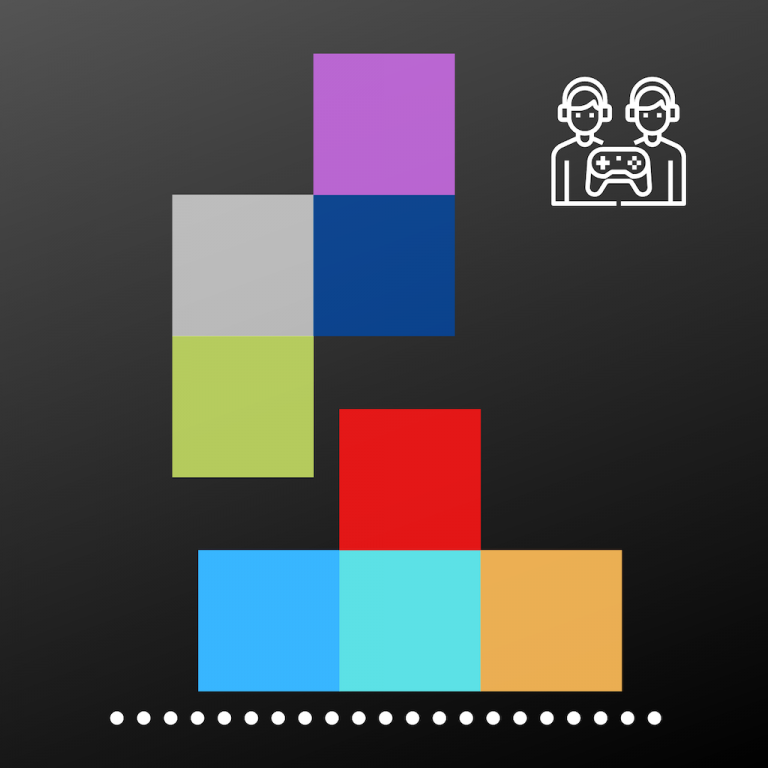(image source: annalshub.com/)
If you want to develop an App, then which software development kit (SDK) to choose must be the first consideration, followed by what language to use. Whether to use Java, Kotlin, object-c, or Swift, or whether to adopt native development or mixed development, etc., these options are all needed to be carefully considered before developing an App.
Flutter and React Native is the top priority when developing cross-platform Apps. They are the most suitable SDK for cross-platform development because their operating efficiency is much superior to those mixed development ones. Today let’s compare these two SDKs in terms of their popularity, language, usability, and performance.
Popularity
React Native was released in 2015 and flutter was released in 2018. Therefore, the current community of React Native is larger than that of flutter. However, flutter still has a large user community and its rapid growth could not be neglected. When breaking down its popularity by country, it seems that Google’s Flutter has a good reputation in particularly Russia and East Asia.
(image source: trends.google.com/)
Language
The development language of React Native is JavaScript, so if you are a front-end developer and have contact with the React framework, then the React Native SDK would be an easier option get started.
Flutter uses the Dart language. Dart is an object-oriented, class-defined, and single-inherited language. Dart2 is a language that is very suitable for the Internet of Things (IoT) and mobile development, and it is relatively easier to get started with Dart than JavaScript if you have a limited coding background.
(image source: medium.com/)
Usability
As mentioned above, React Native is developed using JavaScript, so it will be easier to get started for experienced programmers. Flutter is developed in the Dart language, so those who are not familiar with Dart, they will need to learn this language first before they can start.
Both React Native and Flutter support hot reloading, which is very user-friendly to the usual development and debugging, and the output can be customized easily.
After React Native is written, it will be packaged into a bundle file, while Flutter will directly generate a binary file which the documentation is easier to follow as compared to those of React Native, but the development of both requires the support of Android and iOS Java Development Kit (JDK).
Performance
Theoretically, the design performance of Flutter is stronger than React Native because of the concept of framework design. Flutter does not have the OEM Widget function, to replace it directly interacts with CPU/GPU. This determines Flutter’s inherent performance advantages at a higher App performance. Flutter can achieve 60 fps or 120 fps animations, while React Native requires the JavaScript bridge to interact with the native components.
However, React Native still has an excellent performance experience compared to hybrid applications such as Ionic.
(images source: cleveroad.com/)
UI
Flutter adopts the idea that “it’s all widget”, which means everything can be componentized using proprietary widgets. This makes it stands out for customizing cross-platform components. In other words, using Flutter can apply a single set of code to both Android and iOS for the same UI.
React Native uses native UI components, which sometimes if we want to achieve the same UX across different platforms, third-party plug-ins might need to be involved.
(image source: medium.com/)
Conclusion
At present, React Native still occupies most of the market as compared with Flutter, but in the future, Flutter might have a more promising development because of its well-rounded excellence. Whenever you are ready to build an App, Skipfour is a technology company that provides professional app development services. With more than ten years of service experience, we have helped to turn numerous brilliant concepts and ideas into actual products. You are more than welcome to contact us and tell us about your ideas! If you like this article, don’t forget to subscribe to our YouTube channel, like our Facebook, or follow us on Twitter to get the latest news!



